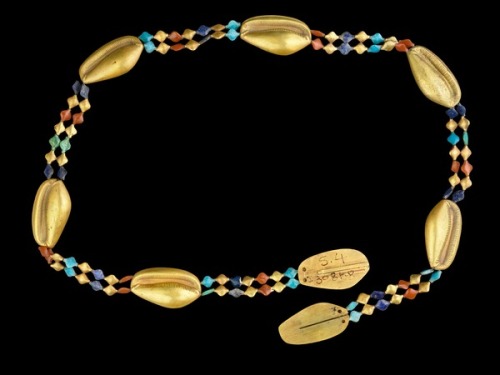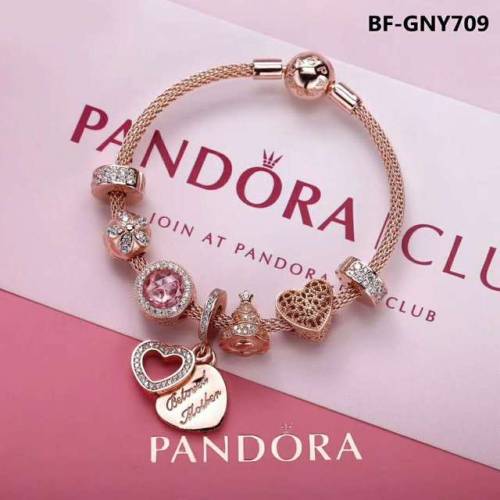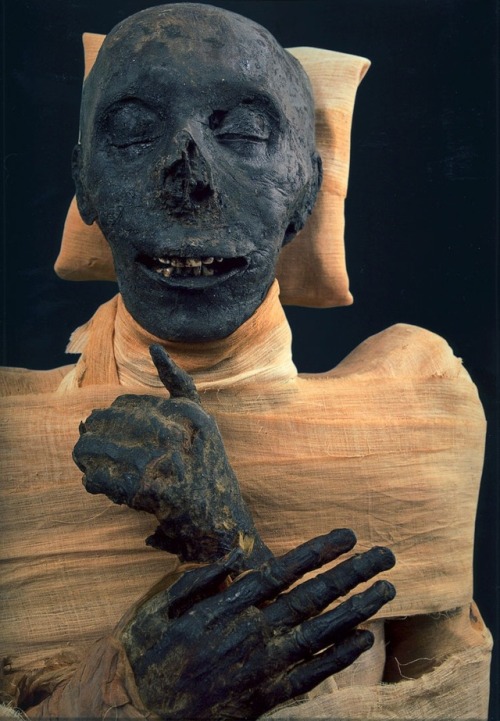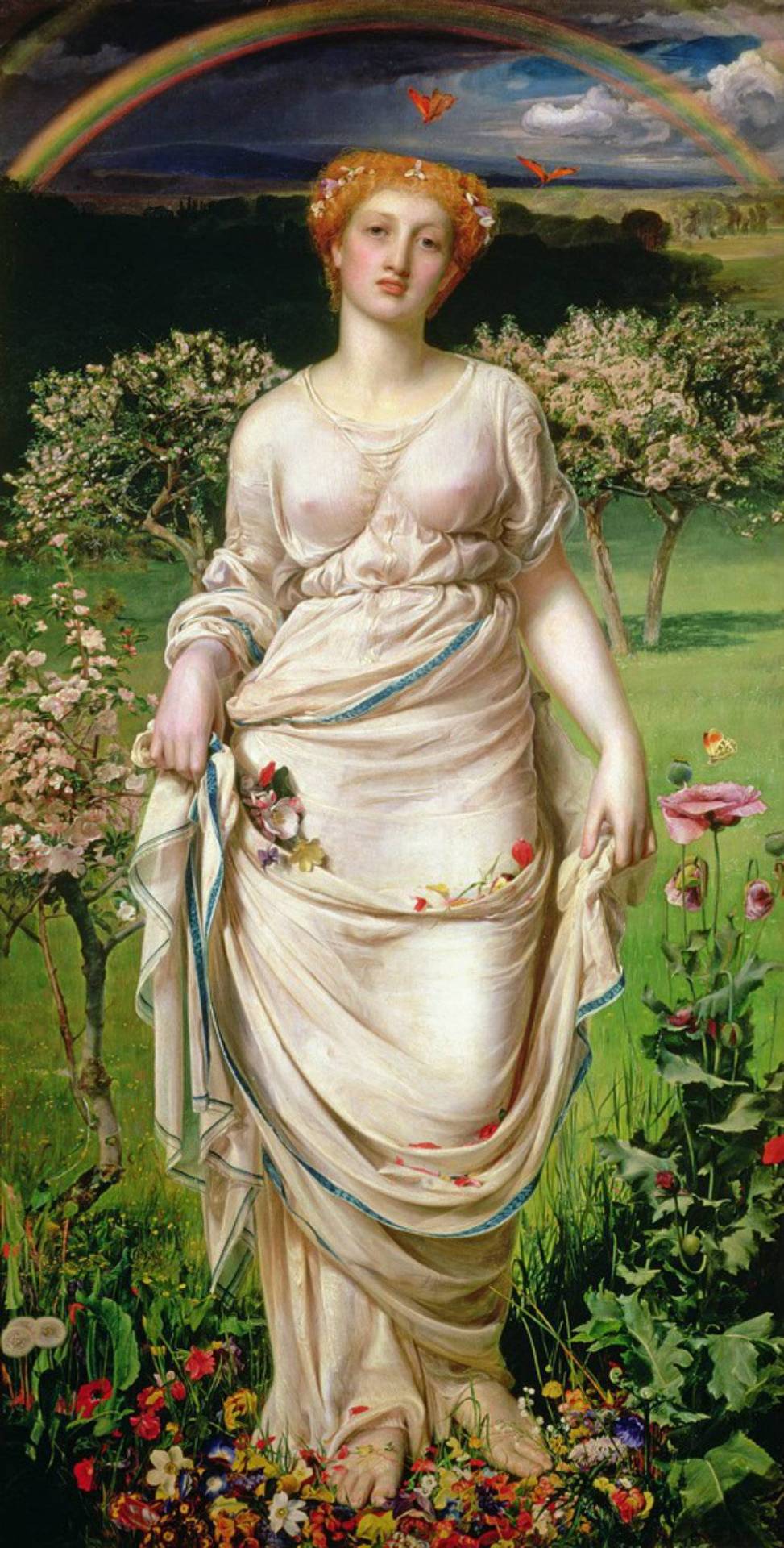Girdle Of Princess Sithathor

Girdle of Princess Sithathor
This girdle of the Princess Sithathor is made of eight gold, half-open cowry shells. The ones at each end have flat reverses, and were joined by means of grooves to serve as a clasp, fastening the girdle when they slid one into the other. The shells are separated from each other by rhomboidal polychrome beads of carnelian, feldspar, and lapis lazuli.
Gold cowry shells were imitations of the real cowry shells that had been used in belts, bracelets, anklets, and necklaces since the pre-dynastic period. People thought that cowry shells possessed powerful magical properties and increase female fertility.
Princess Sithathor was a daughter of King Senusret II, and was most probably a sister of Senusret III, as she was buried within his pyramid complex at Dahshur. Very fine pieces of jewelry that belonged to her were found in her tomb; they are now preserved in the Egyptian Museum in Cairo.
Middle Kingdom, 12th Dynasty, reign of Senusret II, ca. 1897-1878 BC. Now in the Egyptian Museum, Cairo. JE 30858
More Posts from Teddyglez1976 and Others

El remedio para librarse de una tentación: sucumbir a ella. Si resistís, vuestra alma enfermará de deseo. Oscar Wilde. Imagen: La musa. Gabriel de Cool, 1895.

New Deals on PANDORA MOM Bracelet Gift Set - 7.5inches
http://bit.ly/braceletcharms

pandora bracciale in vendita
Buy Now: https://bit.ly/2S9SHoQ

Mummy of Thutmose III
The mummy of king Thutmose III was moved from its original burial place in tomb KV34, in the Valley of the Kings, to the Deir el-Bahari cache (“DB320”) in his original middle coffin.
The mummy was badly damaged by tomb-robbers, probably during the 21st Dynasty. When they moved the royal mummies, they had to use narrow wooden splints to hold the body together.
Apparently, the king was about 1.61 meters tall. His hands were crossed over his chest, in the Osirian position. His face was covered with resin.
New Kingdom, 18th Dynasty, reign of Thutmose III, ca. 1479-1425 BC. Now in the Egyptian Museum, Cairo. JE 26213

Gentle Spring (pre 1865). Frederick Sandys (English, 1829-1904). Oil on canvas. The Ashmolean Museum of Art and Archaeology. Exhibited at the Royal Academy in 1865 accompanied in the catalogue by a sonnet by the artist’s friend, Charles Algernon Swinburne. The figure was painted in the garden of the poet and novelist, George Meredith. She represents Proserpina returning from the land of the dead. Sandys joined Rossetti’s circle in 1857 and lived with him in Cheyne Walk for most of 1866.

William-Adolphe Bouguereau, Detail from The First Mourning (1888)


Hundreds of Roman gold coins found in basement of old theater

Archaeologists are studying a valuable trove of old Roman coins found on the site of a former theater in northern Italy.
The coins, at least 300 of them, date back to the late Roman imperial era and were found in a soapstone jar unearthed in the basement of the Cressoni Theater in Como, north of Milan.
“We do not yet know in detail the historical and cultural significance of the find,” said Culture Minister Alberto Bonisoli in a press release. “But that area is proving to be a real treasure for our archaeology. A discovery that fills me with pride.”
Whoever placed the jar in that place “buried it in such a way that in case of danger they could go and retrieve it,” said Maria Grazia Facchinetti, a numismatist – or expert in rare coins – at a Monday press conference.
“They were stacked in rolls similar to those seen in the bank today,” she said, adding the coins have engravings about emperors Honorius, Valentinian III, Leon I, Antonio, and Libio Severo “so they don’t go beyond 474 AD.“ Read more.
![List Of Roman Emperors. Profiles Probably Taken From Coins[1447x2048]](https://64.media.tumblr.com/d70c24bce933f193514d15cc73cdc473/tumblr_pmn2ijGhuA1vx1np0o1_500.jpg)
List of Roman Emperors. Profiles probably taken from coins[1447x2048]

-
 eclectichellmouth reblogged this · 1 year ago
eclectichellmouth reblogged this · 1 year ago -
 bigbenalpha liked this · 4 years ago
bigbenalpha liked this · 4 years ago -
 cavegirl66 reblogged this · 4 years ago
cavegirl66 reblogged this · 4 years ago -
 usernamemiaow liked this · 4 years ago
usernamemiaow liked this · 4 years ago -
 ngodwetrust reblogged this · 4 years ago
ngodwetrust reblogged this · 4 years ago -
 bitchuwasntwithmeliftinginthegym liked this · 4 years ago
bitchuwasntwithmeliftinginthegym liked this · 4 years ago -
 homage2art liked this · 4 years ago
homage2art liked this · 4 years ago -
 internationalcaballero reblogged this · 4 years ago
internationalcaballero reblogged this · 4 years ago -
 sleepy-and-cloaked reblogged this · 5 years ago
sleepy-and-cloaked reblogged this · 5 years ago -
 greasy-pizza liked this · 5 years ago
greasy-pizza liked this · 5 years ago -
 psychedelicmoonbeam liked this · 5 years ago
psychedelicmoonbeam liked this · 5 years ago -
 moonlight-long-hair-fairy liked this · 5 years ago
moonlight-long-hair-fairy liked this · 5 years ago -
 cool-taya reblogged this · 5 years ago
cool-taya reblogged this · 5 years ago -
 cool-taya liked this · 5 years ago
cool-taya liked this · 5 years ago -
 pancake-with-a-blog reblogged this · 5 years ago
pancake-with-a-blog reblogged this · 5 years ago -
 justherefortheaestheticandsuch reblogged this · 5 years ago
justherefortheaestheticandsuch reblogged this · 5 years ago -
 bastien-on-safari reblogged this · 5 years ago
bastien-on-safari reblogged this · 5 years ago -
 glacies-tempestatem reblogged this · 5 years ago
glacies-tempestatem reblogged this · 5 years ago -
 justherefortheaestheticandsuch reblogged this · 5 years ago
justherefortheaestheticandsuch reblogged this · 5 years ago -
 purenenaas reblogged this · 5 years ago
purenenaas reblogged this · 5 years ago -
 alycexthraina liked this · 5 years ago
alycexthraina liked this · 5 years ago -
 fannibalgrowingcircle reblogged this · 5 years ago
fannibalgrowingcircle reblogged this · 5 years ago -
 hypnofanshepherdduck liked this · 5 years ago
hypnofanshepherdduck liked this · 5 years ago -
 supernaturalkitten liked this · 5 years ago
supernaturalkitten liked this · 5 years ago -
 persephones-journey reblogged this · 5 years ago
persephones-journey reblogged this · 5 years ago -
 iniverse reblogged this · 5 years ago
iniverse reblogged this · 5 years ago -
 organicdarkmatter liked this · 5 years ago
organicdarkmatter liked this · 5 years ago -
 distinguishedroadprofessorspy liked this · 5 years ago
distinguishedroadprofessorspy liked this · 5 years ago -
 persiflageofalovelife reblogged this · 5 years ago
persiflageofalovelife reblogged this · 5 years ago -
 kingdommmm reblogged this · 5 years ago
kingdommmm reblogged this · 5 years ago -
 monkey-odysseus77 liked this · 5 years ago
monkey-odysseus77 liked this · 5 years ago -
 mmorao liked this · 5 years ago
mmorao liked this · 5 years ago -
 merelygifted liked this · 5 years ago
merelygifted liked this · 5 years ago -
 jewelart reblogged this · 5 years ago
jewelart reblogged this · 5 years ago -
 kateswynford liked this · 5 years ago
kateswynford liked this · 5 years ago -
 nattie-k reblogged this · 5 years ago
nattie-k reblogged this · 5 years ago -
 nattie-k liked this · 5 years ago
nattie-k liked this · 5 years ago -
 odys-seus reblogged this · 5 years ago
odys-seus reblogged this · 5 years ago -
 colorfulthingwinnerflower liked this · 5 years ago
colorfulthingwinnerflower liked this · 5 years ago -
 ploombikaz liked this · 5 years ago
ploombikaz liked this · 5 years ago -
 richarddebruijn liked this · 5 years ago
richarddebruijn liked this · 5 years ago -
 notwiselybuttoowell reblogged this · 5 years ago
notwiselybuttoowell reblogged this · 5 years ago -
 morenotles liked this · 5 years ago
morenotles liked this · 5 years ago -
 calyxaomphalos liked this · 5 years ago
calyxaomphalos liked this · 5 years ago -
 gayfratboynonsense liked this · 5 years ago
gayfratboynonsense liked this · 5 years ago
Dedicado a los finos amantes de las bellas artes y el estilo exquisito del buen comer.
145 posts